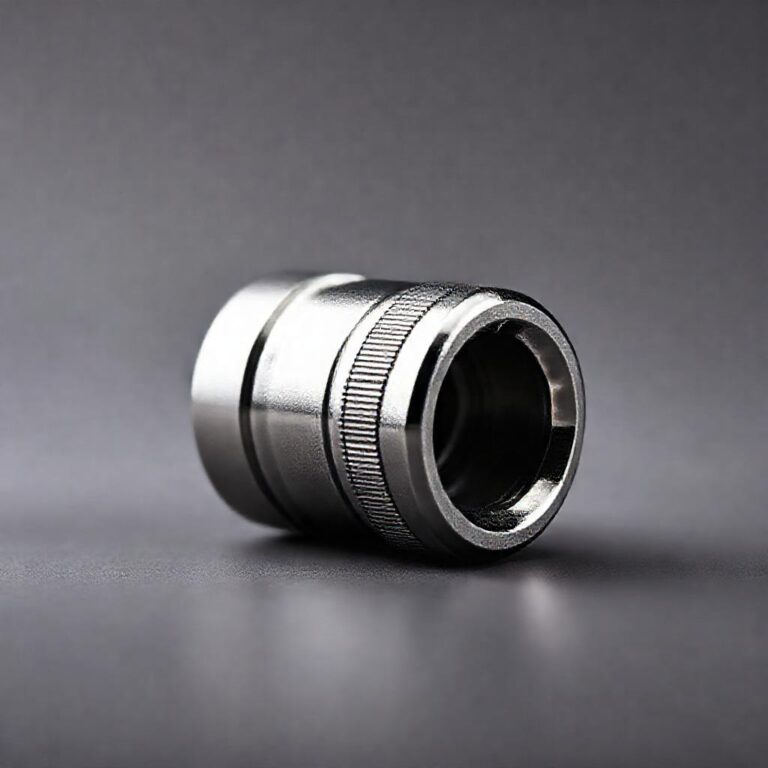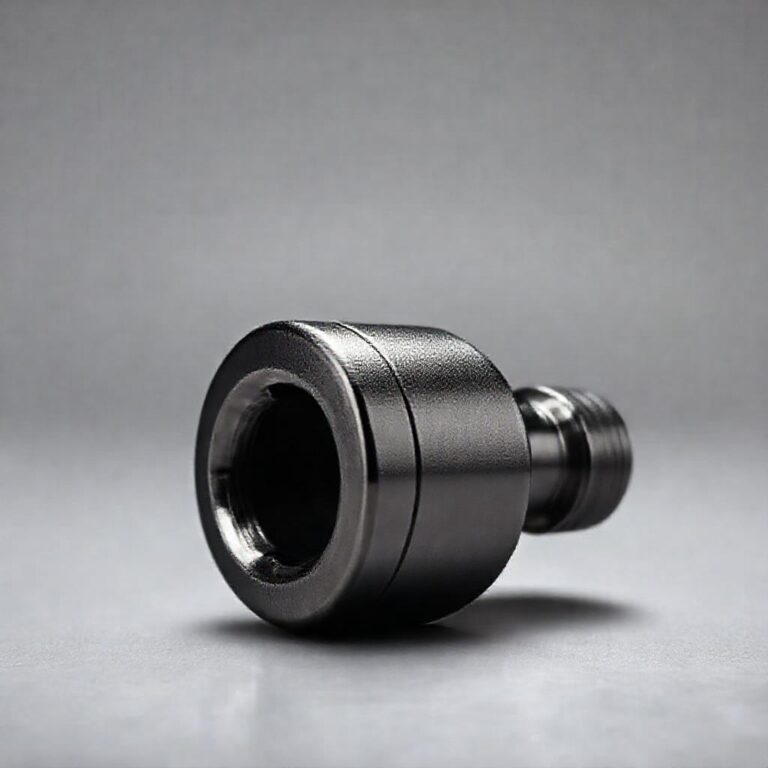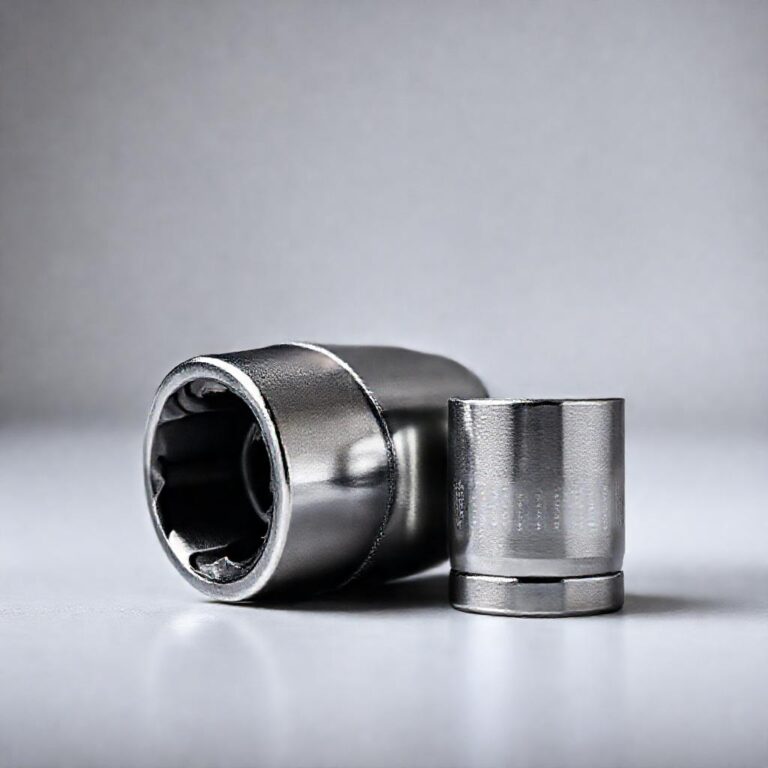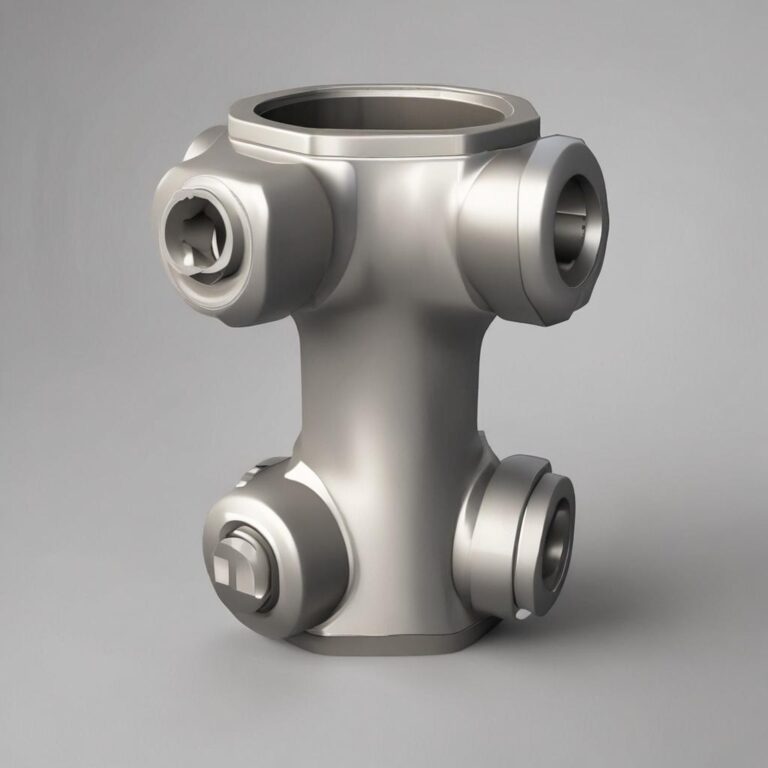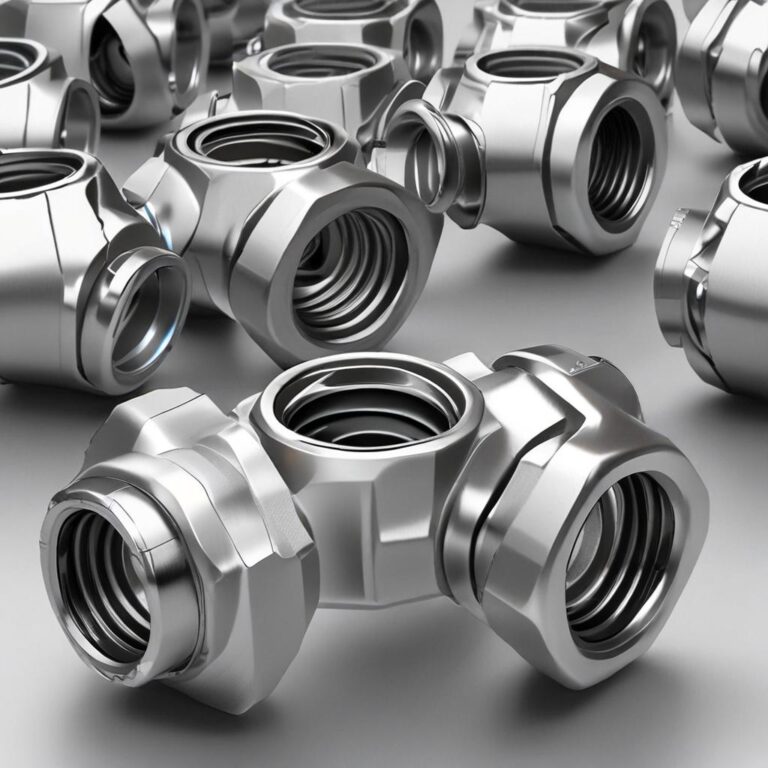How to Use a Universal Socket with Power Drill
If you’re a DIY enthusiast or a professional handyman, you know how frustrating it can be to juggle multiple tools for different fasteners. That’s where a universal socket comes in—a game-changer for power drills. This versatile attachment adapts to various bolt sizes and shapes, saving you time and effort. Whether you’re assembling furniture, working on automotive repairs, or tackling home maintenance, a universal socket streamlines your workflow. In this guide, we’ll walk you through how to use a universal socket with a power drill effectively, ensuring safety and efficiency every step of the way.
Step-by-Step Process
Attach Socket
Securely fasten the universal socket to the drill chuck.
Select Bit
Insert the appropriate bit into the universal socket.
Adjust Socket
Rotate the socket to fit the desired bit size.
Tighten Chuck
Ensure the drill chuck is fully tightened for stability.
Drill Safely
Operate the drill at the correct speed for the material.
Process infographic for How to Use a Universal Socket with Power Drill
What is a Universal Socket?
Definition and Functionality
A universal socket is a flexible, adjustable attachment designed to fit multiple fastener sizes and shapes. Unlike traditional sockets that come in fixed sizes, this tool features a unique, spring-loaded design with metal teeth that mold to the contours of bolts, nuts, or screws. Whether you’re dealing with hexagonal, square, or rounded fasteners, the universal socket adapts to provide a secure grip, reducing the need for multiple tools.
Benefits of Using a Universal Socket
Beyond its adaptability, a universal socket offers several advantages. It’s a time-saver, eliminating the hassle of switching between different sockets. It’s also compact and easy to store, making it ideal for tight spaces or on-the-go projects. Additionally, it reduces the risk of stripping fasteners, as its flexible design minimizes slippage.
Tools and Equipment Needed
Essential Tools
To use a universal socket with a power drill, you’ll need the following:
- A universal socket
- A power drill with adjustable speed and torque settings
- The appropriate fasteners (bolts, nuts, or screws)
Optional Accessories
For enhanced efficiency, consider these optional items:
- Extension bars for hard-to-reach fasteners
- Lubricants to prevent rust or sticking
- Safety gear, including gloves and goggles
Step-by-Step Guide to Using a Universal Socket with a Power Drill
Preparing the Power Drill
Start by ensuring your power drill is charged or has fresh batteries. Open the drill’s chuck and insert the universal socket, tightening it securely to prevent slippage. Double-check that the socket is aligned properly to avoid wobbling during use.
Selecting the Right Fastener
Identify the fastener you need to work with, whether it’s a bolt, nut, or screw. Ensure the universal socket is the right fit for the task. For instance, if the fastener is particularly stubborn, you might need to apply additional pressure or adjust the socket further.
Adjusting the Universal Socket
To adjust the socket, twist the outer ring until the metal teeth expand or contract to match the fastener’s size. The socket should fit snugly but not so tightly that it’s difficult to turn. If the fit is too loose, the fastener may slip, while an overly tight fit could damage the socket.
Operating the Power Drill
Set your power drill to the appropriate speed and torque for the task. For tightening or loosening, use a moderate speed to avoid stripping the fastener. Always hold the drill firmly with both hands and apply steady pressure. If the fastener resists, avoid forcing it—adjust the socket or use a lubricant instead.

Removing the Fastener
To remove a fastener, switch the drill to reverse mode. Apply gentle pressure while the drill spins counterclockwise. If the fastener is stuck, tap it lightly with a hammer to loosen it before retrying. Once removed, carefully retract the universal socket to avoid injury.
Safety Tips and Best Practices
Personal Safety
Always prioritize safety when using power tools. Wear gloves to protect your hands from sharp edges and goggles to shield your eyes from debris. Ensure your work area is well-lit and free of clutter to prevent accidents.
Tool Safety
Inspect your universal socket and power drill before each use for signs of wear or damage. Keep tools clean and lubricated to extend their lifespan. Store them in a dry place to prevent rust or corrosion.
Avoiding Common Mistakes
To avoid stripping fasteners, never apply excessive force. If the socket slips, readjust it rather than continuing to force the drill. Additionally, avoid using the universal socket on extremely tight or rusted fasteners without first applying a penetrating lubricant.
Applications of a Universal Socket with a Power Drill
Home DIY Projects
A universal socket is perfect for home projects like assembling IKEA furniture, repairing plumbing fixtures, or tightening loose cabinet screws. Its adaptability makes it a go-to tool for quick fixes around the house.
Professional Use
Professionals in construction, automotive repair, and maintenance rely on universal sockets for their versatility. Whether tightening bolts on machinery or removing stubborn nuts, this tool saves time and reduces the need for a bulky set of traditional sockets.
Troubleshooting Common Issues
Socket Slipping Off the Fastener
If the socket keeps slipping, ensure it’s fully adjusted to the fastener’s size. You can also try applying a small amount of grease to improve grip. If the problem persists, the socket may be worn out and need replacement.
Difficulty Adjusting the Socket
If the socket is hard to adjust, check for debris or corrosion. Clean the teeth with a brush and apply lubricant to ensure smooth movement. If the mechanism is damaged, consider replacing the socket.

Power Drill Overheating
Overheating can occur if the drill is used continuously at high speeds. Take breaks to allow the motor to cool, and avoid pushing the drill beyond its limits. If overheating is frequent, it may indicate a need for maintenance or battery replacement.
Conclusion
A universal socket is an invaluable addition to your toolkit, offering flexibility and efficiency for a wide range of projects. By following this guide, you can master its use with a power drill, ensuring safe and effective results every time. Whether you’re a DIYer or a professional, this versatile tool will simplify your work and save you valuable time. Give it a try on your next project and experience the difference for yourself!
FAQ Section
Q1: Can a universal socket be used with any power drill?
Most universal sockets are compatible with standard power drills that have a hexagonal chuck. However, check the socket’s specifications to ensure it matches your drill’s size and torque capacity.
Q2: What types of fasteners can a universal socket handle?
A universal socket can handle various fasteners, including hexagonal bolts, square nuts, and rounded screws. However, it may struggle with extremely large or irregularly shaped fasteners.
Q3: Is a universal socket durable for heavy-duty tasks?
While universal sockets are durable, they may not be ideal for extremely heavy-duty tasks requiring high torque. For such applications, traditional sockets or impact drivers are often more suitable.
Q4: How do I clean and maintain a universal socket?
Clean the socket regularly with a brush to remove debris. Apply a light coat of lubricant to keep the mechanism smooth. Store it in a dry place to prevent rust and corrosion.
Q5: Are there any safety risks when using a universal socket?
The main risks include slippage, which can cause injury or damage to fasteners. Always wear protective gear, inspect tools before use, and avoid forcing the socket onto stubborn fasteners.



